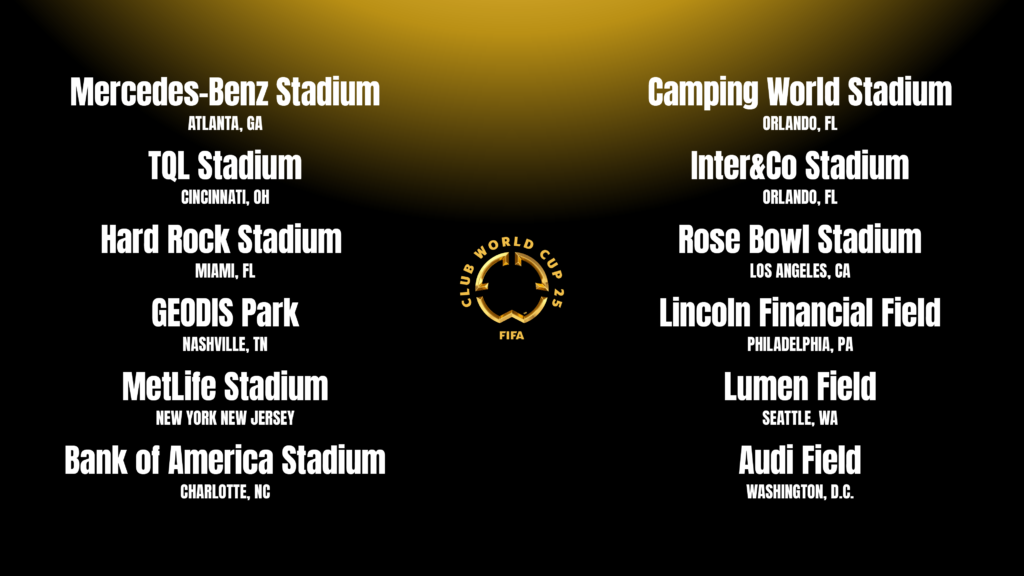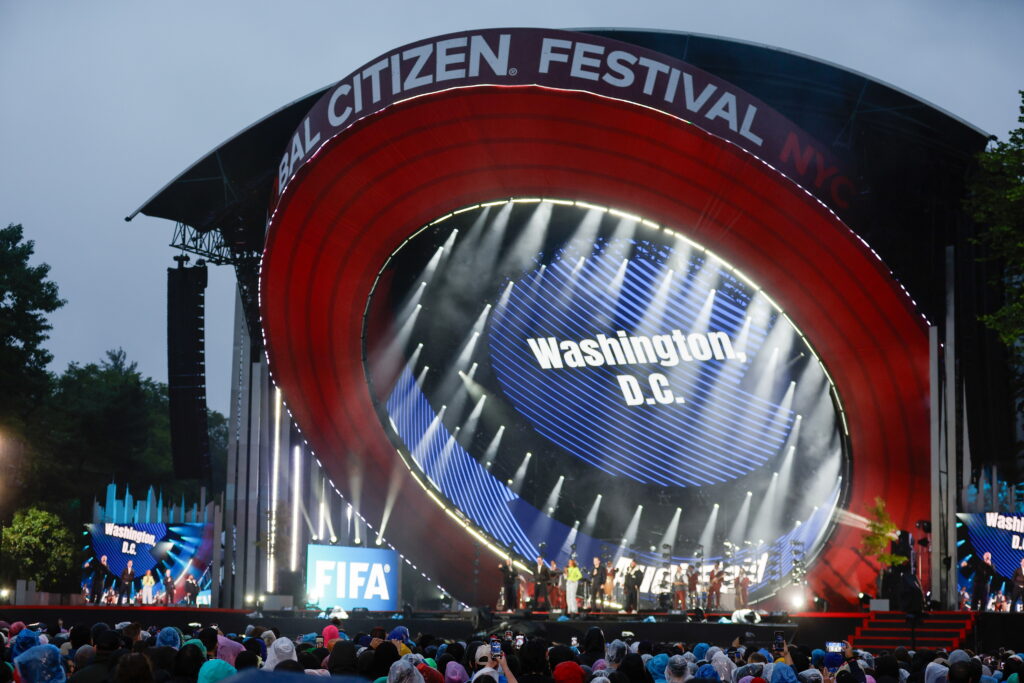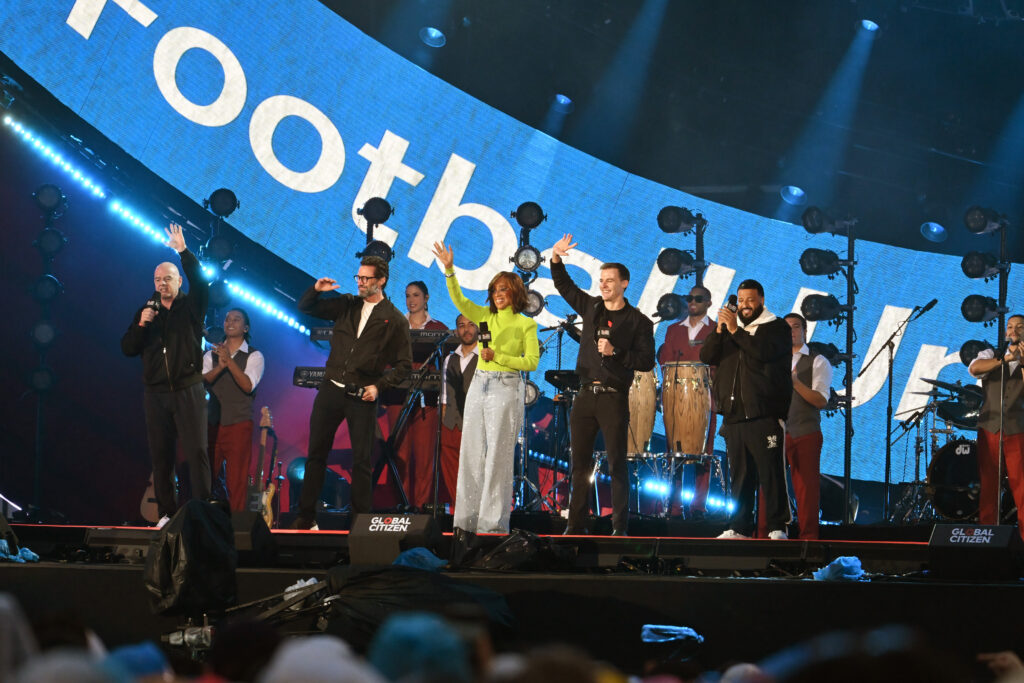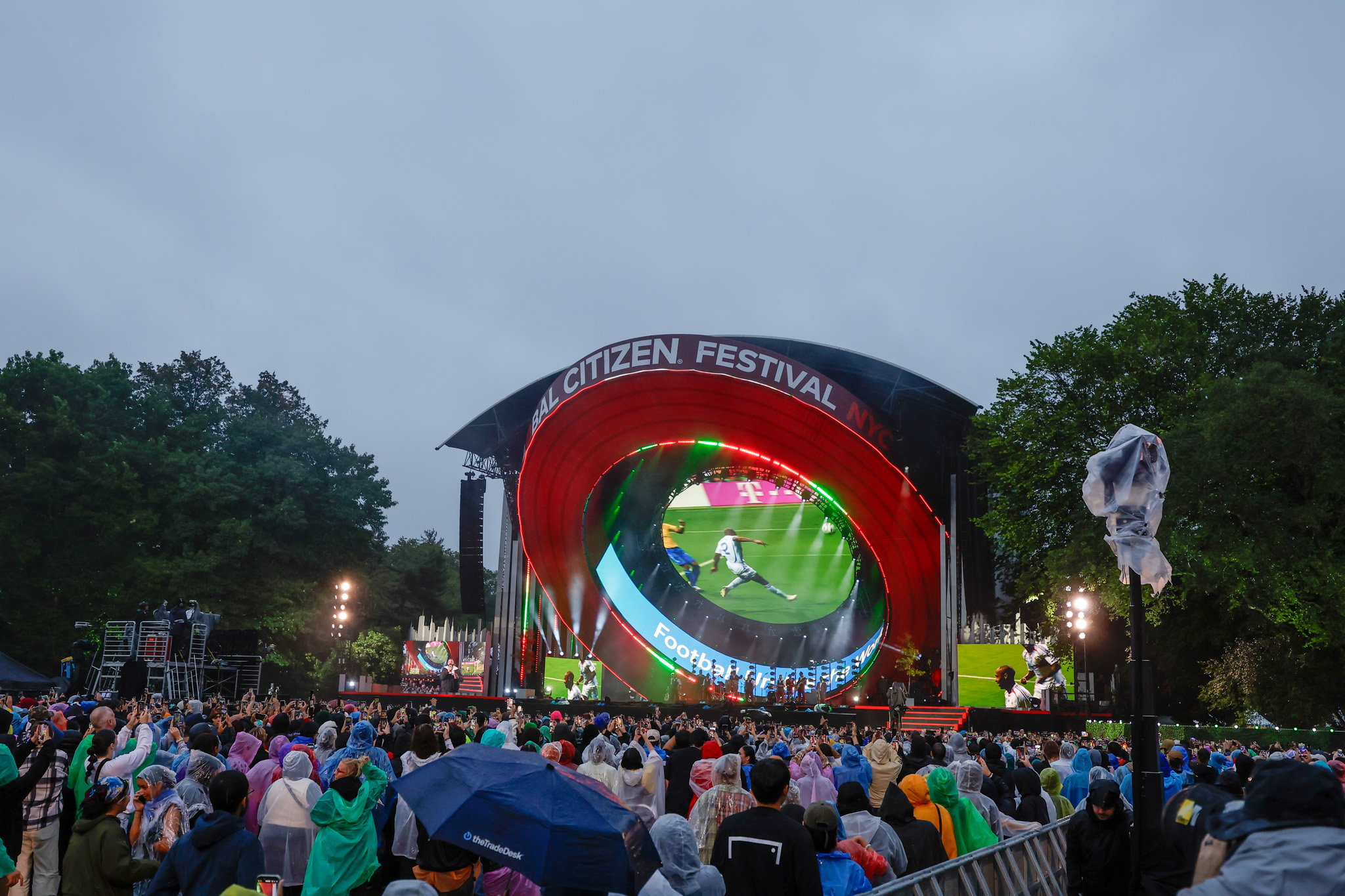With anticipation mounting for the inaugural Club World Cup next summer, FIFA President Gianni Infantino just gave fans a new reason to be excited. On Sept. 28, at the Global Citizen Festival in New York, Infantino revealed the full list of twelve U.S. stadiums hosting the event in 2025.

The stadiums span ten states – including D.C.’s own Audi Field – and culminate at MetLife Stadium in New Jersey for the championship game. Teams from 20 nations will congregate in the United States and battle for the title of best club team in the world. At the Global Citizen Festival, Infantino addressed this worldwide facet of the tournament.
He declared, “We need occasions to bring people together from all over the world…We will have five to ten million people minimum who will come to these countries and to celebrate in peace football. That’s what we need.”

The Club World Cup is so significant because it is the first of its kind. This will be FIFA’s first attempt to truly globalize club football. Typically, club teams are composed of players from a variety of nations, but games are only played on one continent. On the other hand, international teams require players to participate based on nationality, either in FIFA World Cups or in friendlies.
This international-domestic split leaves a huge gap in fans’ ability to accurately compare club teams from different leagues since they never play each other. For example, Union of European Football Associations (UEFA) Europa League champions Real Madrid never faced Concacaf Champions Cup winners Pachuca. With the introduction of the FIFA Club World Cup, fans will experience never-before-seen matchups as the world’s most global sport gets even more competitive.
The format of the tournament will be an Olympic-style group play setup. Eight groups of four will play each other to determine the best two teams in each group, after which a 16-team knockout bracket establishes the sole winner. The Club World Cup spans from June 15 to July 13, making for a spectacular month of high-stakes football.
30 of the 32 competing teams have been selected, using a system that pulls teams from each of the six international football confederations that comprise FIFA: CAF (Africa), AFC (Asia), UEFA (Europe), Concacaf (North and Central America), OFC (Oceania) and CONMEBOL (South America).
However, the breakdown of participating teams is not evenly dispersed between each continental confederation — teams qualify through either the champions pathway or the ranking pathway. The champions pathway means that the continental winners for each year from 2021-2024 automatically earn a spot in the tournament.
The ranking pathway requires that teams mathematically earn their spot through an evaluation of their confederation performance. That score comes from a point system that assigns value to criteria such as wins, draws, and advancements to the late stages of premier club competitions.
FIFA President Infantino has high hopes for their partnership with Global Citizen. Alluding to FIFA’s massive international fan base, he spoke about the potential benefits of having that kind of reach.
Infantino explained, “If we join forces, we can really change the world in a positive way. We can amplify the messages of Global Citizen. We can work together on new initiatives.”

The FIFA Club World Cup prides itself on being the most merit-based competition in football, hoping to “redefine how, when and where the true club world champion is crowned.” The unique style of competition is shaking up the football world, and with the allure of star players like Kylian Mbappé, Erling Haaland and Harry Kane, FIFA will have the world’s attention.
For all of your 2025 FIFA Club World Cup questions, more information can be found at this link.
